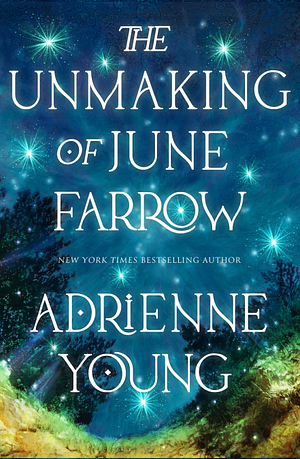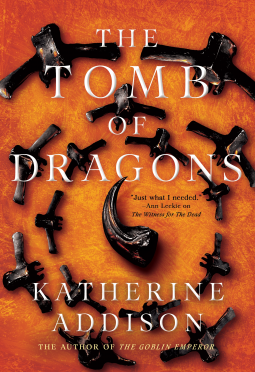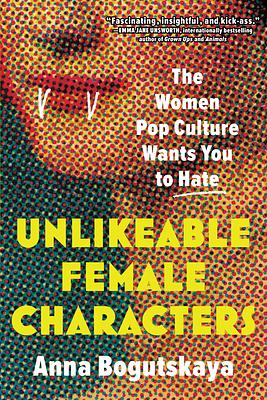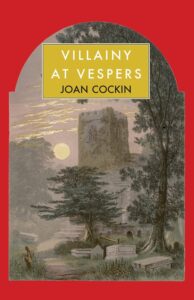
The Unmaking of June Farrow
by Adrienne Young
Genres: FantasyPages: 320
Rating:

Synopsis:In the small mountain town of Jasper, North Carolina, June Farrow is waiting for fate to find her. The Farrow women are known for their thriving flower farm—and the mysterious curse that has plagued their family line. The whole town remembers the madness that led to Susanna Farrow’s disappearance, leaving June to be raised by her grandmother and haunted by rumors.
It’s been a year since June started seeing and hearing things that weren’t there. Faint wind chimes, a voice calling her name, and a mysterious door appearing out of nowhere—the signs of what June always knew was coming. But June is determined to end the curse once and for all, even if she must sacrifice finding love and having a family of her own.
After her grandmother’s death, June discovers a series of cryptic clues regarding her mother’s decades-old disappearance, except they only lead to more questions. But could the door she once assumed was a hallucination be the answer she’s been searching for? The next time it appears, June realizes she can touch it and walk past the threshold. And when she does, she embarks on a journey that will not only change both the past and the future, but also uncover the lingering mysteries of her small town and entangle her heart in an epic star-crossed love.
Adrienne Young’s The Unmaking of June Farrow took a while to get going for me, and I ended it not entirely sure how I’d felt about it. I enjoyed it well enough, but I think the first third felt too introductory and I wanted it to get somewhere, and it didn’t ever feel like it quite took off. I could’ve done with much more tension between certain characters, for instance, and maybe more crossings of timelines.
It’s worked out quite cleverly, and I think it mostly hung together (which is always a risk with time travel type plots), but I did have a bit of trouble figuring out the logistics of some of it worked, and how June didn’t realise some things sooner.
Overall, an interesting one, and I think I enjoyed the experience, but it doesn’t seem to be sticking with me particularly well — I’m reviewing this a little later than I’d usually like, and finding that… well, I seem to have a fistful of dry leaves instead of fairy gold.
Rating: 2/5












